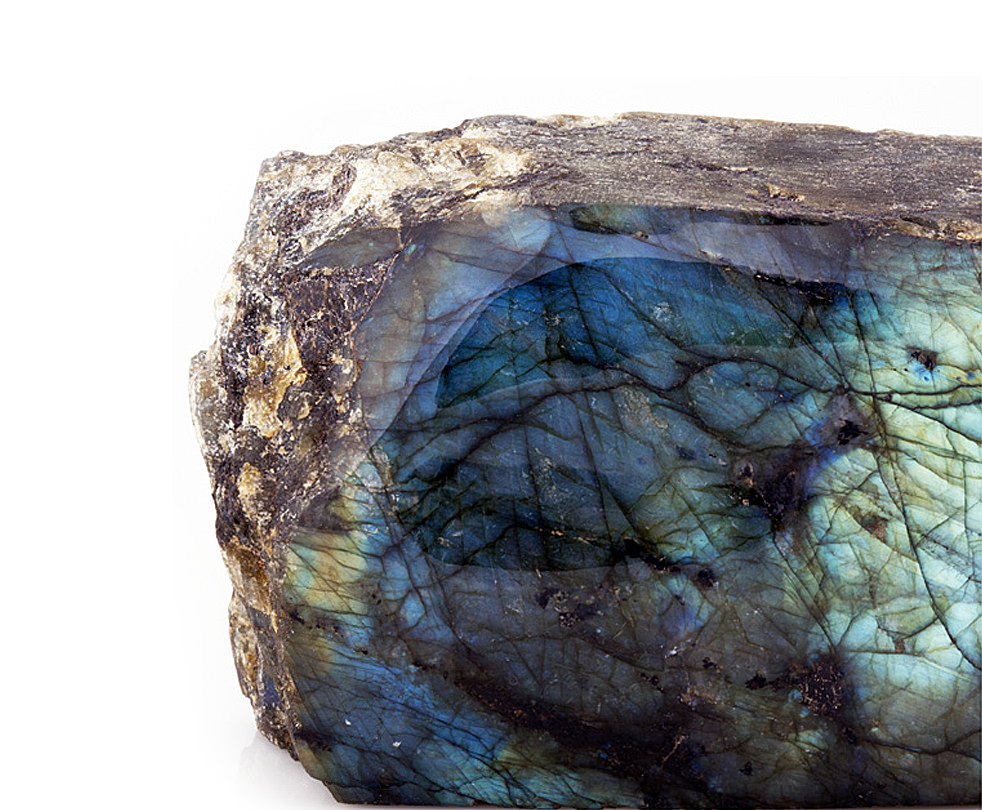Lapis is actually classified as a rock because it is a combination of several different minerals, namely Lazurite (responsible for the fabulous colour) Calcite (the whitish streaks) and Pyrite (the little golden-coloured flecks).
Used for both adornment and decorative purposes for thousands of years, it is regarded as one of the first commercial gemstones. One of the earliest surviving examples of its use can be seen in the funeral mask of Tutankhamun. Later as it began to travel throughout Europe, it was ground into powder and used as a colouring pigment known as ultramarine which was widely used by artists such as Vermeer, for example in his well know work, Girl with a Pearl Earring – how apt! It is admired today, as it has always been, for its fabulous colour.
Description: Lapis Lazuli is a beautifully vibrant royal blue ornamental gem. It is one of the oldest gemstones and has been traded for thousands of years. Whilst the best quality still comes from the ancient source in the mountains of Afghanistan, it can also be found in Chile and Siberia and Canada.
Hardness: 5 – 6 on Mohs Scale
Labradorite is related to Moonstone and it occurs as a dark blue to grey opaque material or an almost colourless, yellowish or brownish material, both of which are admired for the vibrant iridescent colours they display which roam across the stone as it is turned. Although originally found in Canada (in the Gulf of Labrador – where the dogs were originally from!) it has since been found in Australia, Finland and Russia.
Description: Labradorite is a member of the Feldspar family of gemstones, it can be highly iridescent with blue, purple and yellow flashes and takes its name from where it was first found, Labrador in Canada.
Hardness: 6 on Mohs Scale












